
Oamaru is the largest town in North Otago, in the South Island of New Zealand, it is the main town in the Waitaki District. It is 80 kilometres (50 mi) south of Timaru and 120 kilometres (75 mi) north of Dunedin on the Pacific coast; State Highway 1 and the railway Main South Line connect it to both cities. With a population of 13,900, Oamaru is the 28th largest urban area in New Zealand, and the third largest in Otago behind Dunedin and Queenstown. The town is the seat of Waitaki District, which includes the surrounding towns of Kurow, Weston, Palmerston, and Hampden. which combined have a total population of 23,200.

The New Zealand and South Seas Exhibition was an international exhibition held in Dunedin, New Zealand from 26 November 1889 to 19 April 1890.
The 2nd New Zealand Parliament was a term of the Parliament of New Zealand. It opened on 15 April 1856, following New Zealand's 1855 election. It was dissolved on 5 November 1860 in preparation for 1860–61 election. The 2nd Parliament was the first under which New Zealand had responsible government, meaning that unlike previously, the Cabinet was chosen by Parliament rather than by the Governor-General of New Zealand.
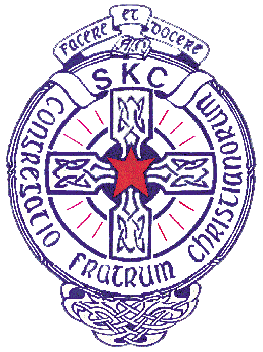
St Kevin's College in Oamaru, New Zealand, is a Catholic, coeducational, integrated, boarding and day, secondary school. It was founded by the Christian Brothers in 1927 for boys and became a co-educational school in 1983 after the Dominican Sisters closed down St Parick's College, Teschemakers, Oamaru. St Kevin's College became a state integrated school in 1983. The Christian Brothers ceased to be on the teaching staff of the college in the late 1990s but remained the school's proprietor, and so appointed representatives to the college board, until 2019 when they transferred the ownership of St Kevin's College to the Bishop of Dunedin.
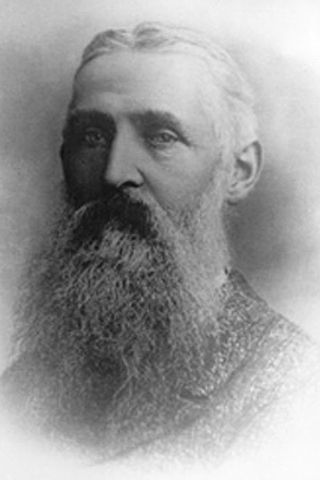
Sir William Jukes Steward was a New Zealand politician and the first Liberal Speaker of the New Zealand House of Representatives. He represented South Canterbury electorates in Parliament for a total of 34 years, before being appointed to the Legislative Council. He served briefly on the Otago Provincial Council and was Mayor of Oamaru for three years.
Waitaki Boys' High School is a secondary school for boys located in the northern part of the town of Oamaru, Otago, New Zealand, with day and boarding facilities, and was founded in 1883. As of 2020, it has a school roll of approximately 400 students.
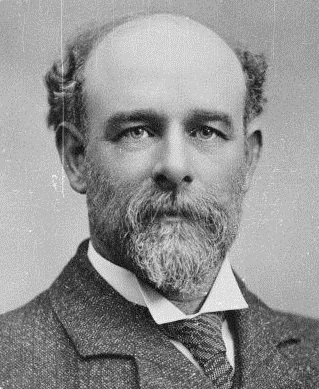
Thomas Henry Davey was a New Zealand Member of Parliament for the electorates of City of Christchurch and Christchurch East. He is regarded as a member of the Liberal Party, but was critical of aspects of the party and its leadership.
Allan Holmes was an Australian-born New Zealand cricketer who played for Otago. He was a barrister at the Supreme Court.
Wellington, was a parliamentary electorate in Wellington, New Zealand. It existed from 1853 to 1905 with a break in the 1880s. It was a multi-member electorate. The electorate was represented, over the years, by 24 members of parliament.
Oamaru was a parliamentary electorate in the Otago region of New Zealand, during three periods between 1866 and 1978.

Samuel Edward Shrimski was a 19th-century Member of Parliament and then a Member of the Legislative Council from Otago, New Zealand.
John Channing Buckland was a 19th-century Member of Parliament from Otago, New Zealand.
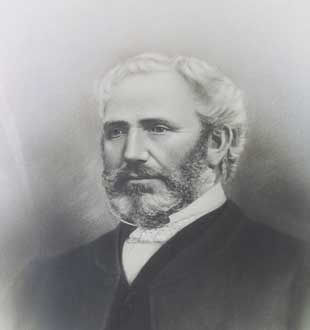
Allan McLean was a New Zealand runholder and philanthropist. Moving from Scotland to Australia as a child, and to New Zealand as an adult, he rose from a working class shepherd, to sheep rancher and a rich land holder. In his seventies, McLean built 'Holly Lea' in Christchurch, which was renamed McLean's Mansion. After his death, the building served as the McLean Institute through an act of parliament.

Cecil Walkden Wood was a New Zealand engineer from Timaru who made New Zealand's first motorcycle in 1901 and second known indigenous motor car in 1902. He also instructed Richard Pearse on making an engine for his flying machine in 1901 and 1902.

John McLean was a runholder, first in Australia and then in New Zealand. From a poor background in Scotland, he and his brother Allan had the largest number of sheep in New Zealand. John McLean was also a politician, and he served on the Otago Provincial Council and the New Zealand Legislative Council.

Matthew Holmes was a New Zealand politician and runholder. He was a member of the New Zealand Legislative Council for 35 years (1866–1901). Holmes was from Ireland and made his money in Victoria from farming, exporting wool, and supplying the gold fields. The family lived in Scotland for some years but Holmes moved to New Zealand. His family followed him years later and they lived for most of their time in Otago, but retired to Wellington.
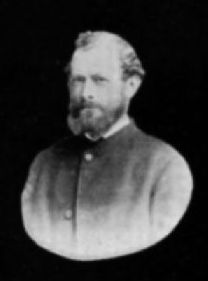
William Henry Valpy Jr. was one of the earliest settlers of Otago, a province in the south of New Zealand.

The Waitaki District Council building, the former Oamaru Chief Post Office, is the seat of the Waitaki District in Oamaru, New Zealand.
Charles Ernest Howden was a New Zealand cricketer. He played 13 first-class matches, 11 of them for Otago, between the 1902–03 and 1908–09 seasons.
The April 1865 Bruce by-election was a New Zealand by-election held in the multi-member electorate of Bruce during the 3rd New Zealand Parliament on 8 April 1865. It was triggered on 9 January that year by the resignation of separationist Thomas Gillies and won by prominent settler Arthur John Burns. The more liberal businessman William John Dyer was the sole other contester of the by-election, finishing with 43.33% of the vote.











